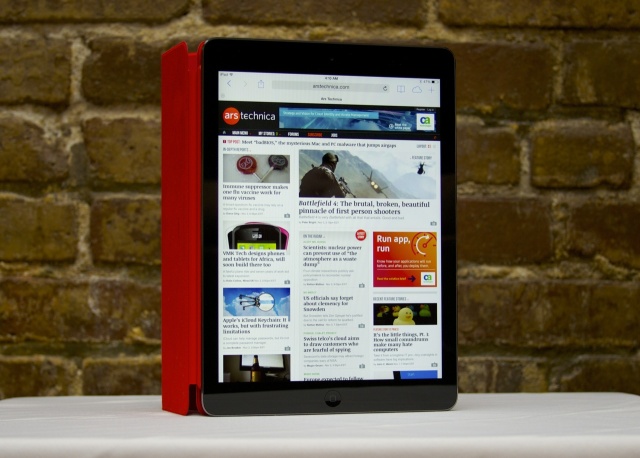
For the first time since the introduction of the App Store in 2008, Apple is increasing the maximum size of the app binaries that developers can upload to iTunes Connect. The company announced today that the cap would increase from 2GB to 4GB, though this doesn't affect the 100MB limit imposed on apps downloaded on cellular networks.
iOS app binaries contain both the executable file and all of the images, sounds, and other assets that the app needs—everything from icons to splash screens to UI is all included in one big file. Because of how they're packaged, these binaries can get rather large. Binaries include all the assets for all the devices they support. If you're shipping a universal app that supports all iOS 8 devices, for example, you've got Retina iPhone assets, Retina and non-Retina iPad assets, and special "3x" assets specifically for the iPhone 6 Plus (Apple's got a table here).
Universal apps include all of those assets, and the binary you download from the App Store is the same whether you've got an old iPhone 4S or a brand-new iPad Air 2. If you're running on an iPhone, for example, a universal binary will still contain assets for other iPhones and iPads, increasing the amount of space the app needs even though some of those extra assets aren't needed for your device. Xcode 6 partially supports vector graphics to ease the developer burden of maintaining and generating all these assets, but they're still stored as PNG files when the binary is built and uploaded.
Increasing the maximum allowable size for apps will give developers more flexibility, and ultimately that's going to be a good thing. Unfortunately, your device's storage space isn't going to scale with it, and Apple continues to sell 8GB and 16GB devices at the low end even though mid- and high-end devices got a storage boost last year.
reader comments
111